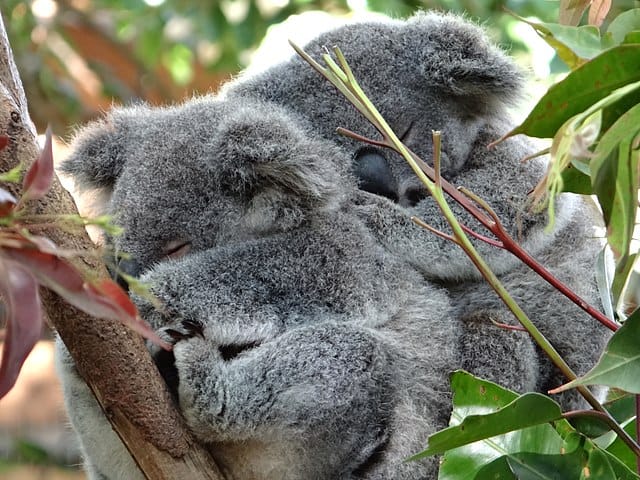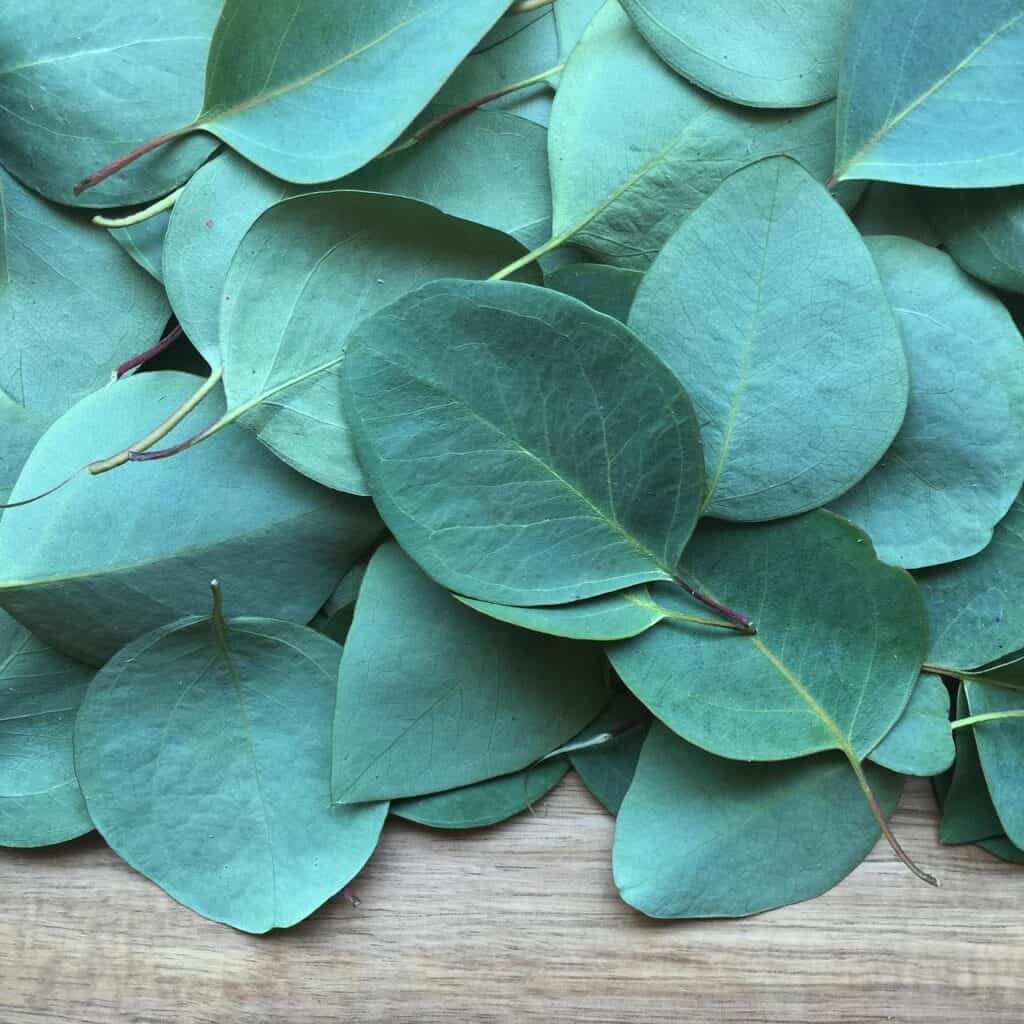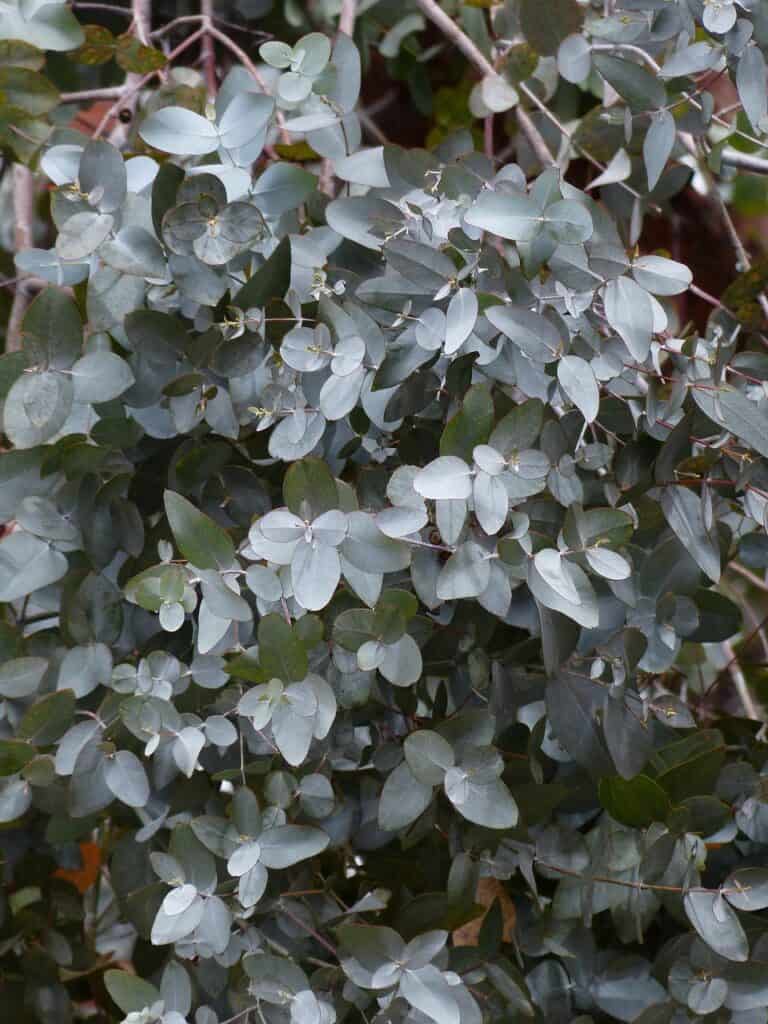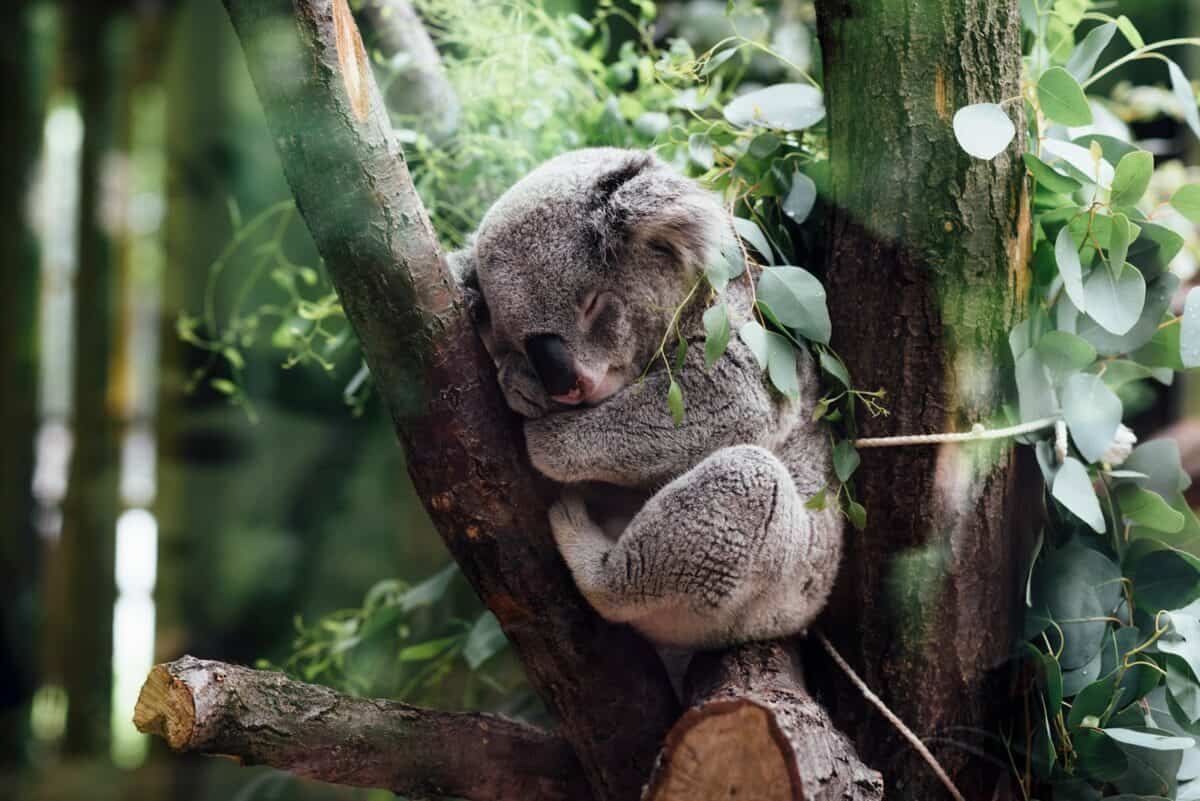Koalas, often perceived as the endearing poster children of Australian wildlife, are as unique in their dietary habits as in their appearance. Most people associate these adorable marsupials with eucalyptus leaves. Despite common perception, eucalyptus isn’t the ideal meal. This article delves into the reasons why koalas are so particular about their diet and what makes eucalyptus both a strange and fascinating choice for them.
The Unique Diet of Koalas

Koalas have honed their dietary choices over millions of years to rely almost exclusively on the leaves of eucalyptus trees. This specialization is unusual in the animal kingdom, leading many to wonder why such a specific diet has evolved.
Eucalyptus

Eucalyptus leaves are known to contain oils that are toxic to most animals. These oils can cause severe digestive issues and even be fatal. For other creatures, this means staying clear of the plant, but koalas have developed a unique relationship with these leaves.
Nutritional Challenges of Eucalyptus Leaves

Beyond toxicity, eucalyptus leaves provide minimal nutritional value. They are low in protein, high in fibrous content, and require significant energy to digest. This low nutritional payoff makes it surprising that koalas depend so heavily on them.
Koala Adaptations to Eucalyptus Consumption

Koalas have evolved specific adaptations to manage their eucalyptus-heavy diet. Their liver effectively detoxifies the harmful compounds, and their long digestive tract breaks down the tough leaves to extract what little nutrients they contain.
A Specialized Gut Microbiome

The koala’s gut contains a unique microflora community, essential for digesting cellulose and detoxifying the harmful eucalyptus compounds. This microbial assistance is key to their survival on such a limiting diet.
Why Koalas Favor Eucalyptus Over Other Plants

Eucalyptus trees, comprising around 600 different species, offer a constant supply of leaves year-round. While few other plants are suited for consumption, eucalyptus provides a reliable, if not nutritionally ideal, food source for koalas, minimizing competition with other herbivores.
Energy Conservation

Koalas are known for their sedentary lifestyle, sleeping up to 18-22 hours a day. This behavior helps them conserve energy, compensating for the limited calorific intake from their diet. By resting extensively, they reduce their energy expenditure, balancing their low-energy diet.
The Evolutionary Path

Over evolutionary time, koalas have become so adapted to eucalyptus that any dietary change is not feasible without significant evolutionary pressure. This commitment to eucalyptus reflects a long duration of evolutionary specialization.
Environmental Impacts on Koala Diet

Changes in the environment, such as deforestation and climate change, threaten eucalyptus availability, impacting koala populations directly. This dependency demonstrates their vulnerability to habitat changes.
Conservation Efforts and Eucalyptus Supply

Conservationists focus on protecting eucalyptus trees to ensure koalas have adequate food supply. Efforts to preserve and replenish these trees are crucial in maintaining koala populations.
Diet and Health Issues

The koalas’ dietary restriction makes them prone to health issues such as malnutrition and dehydration, especially in unfavorable climate conditions affecting water content in leaves. These risks further highlight the diet’s inadequacies.
The Fascination with Koalas’ Dietary Choice

While their choice of eucalyptus may seem tenuous, koalas continue to captivate the curiosity of scientists and animal lovers alike. Their resilience and adaptation offer insights into survival strategies in the natural world.
Koalas and their unique dependence on eucalyptus leaves illustrate the fascinating complexity of evolutionary survival strategies. Despite the apparent drawbacks of their diet, they’ve managed not only to survive but to flourish. Understanding their dietary choices and the profound adaptations they’ve developed gives us insight into the delicate balance of ecosystems and the importance of conservation efforts to maintain these unique animal populations.
- The Most Unusual Places in America That Have Seen Snowfall - August 16, 2025
- The Most Devastating Tsunami to Ever Strike the US West Coast - August 16, 2025
- Why Some Caterpillars Eat Toxic Plants Without Getting Sick - August 16, 2025

